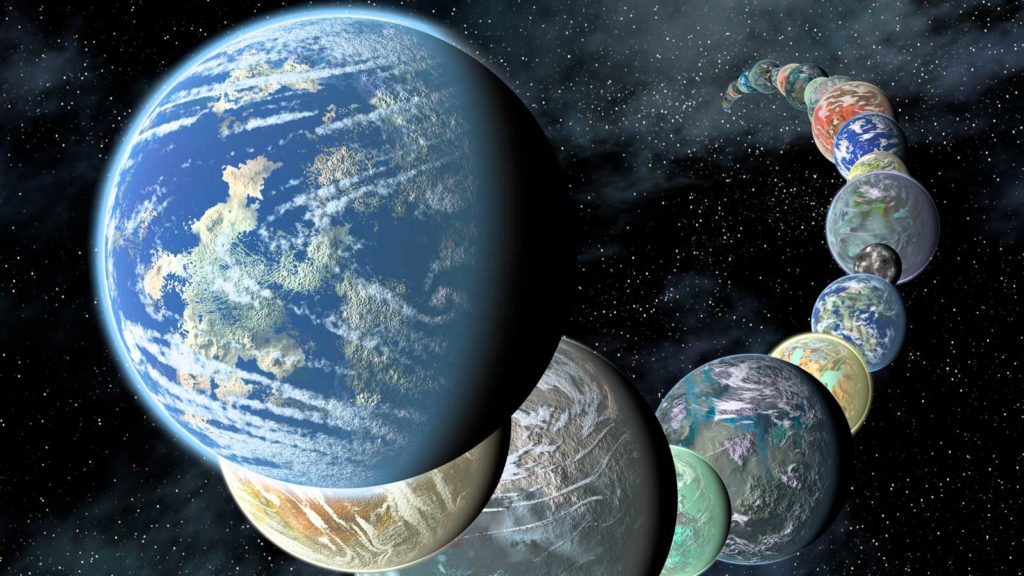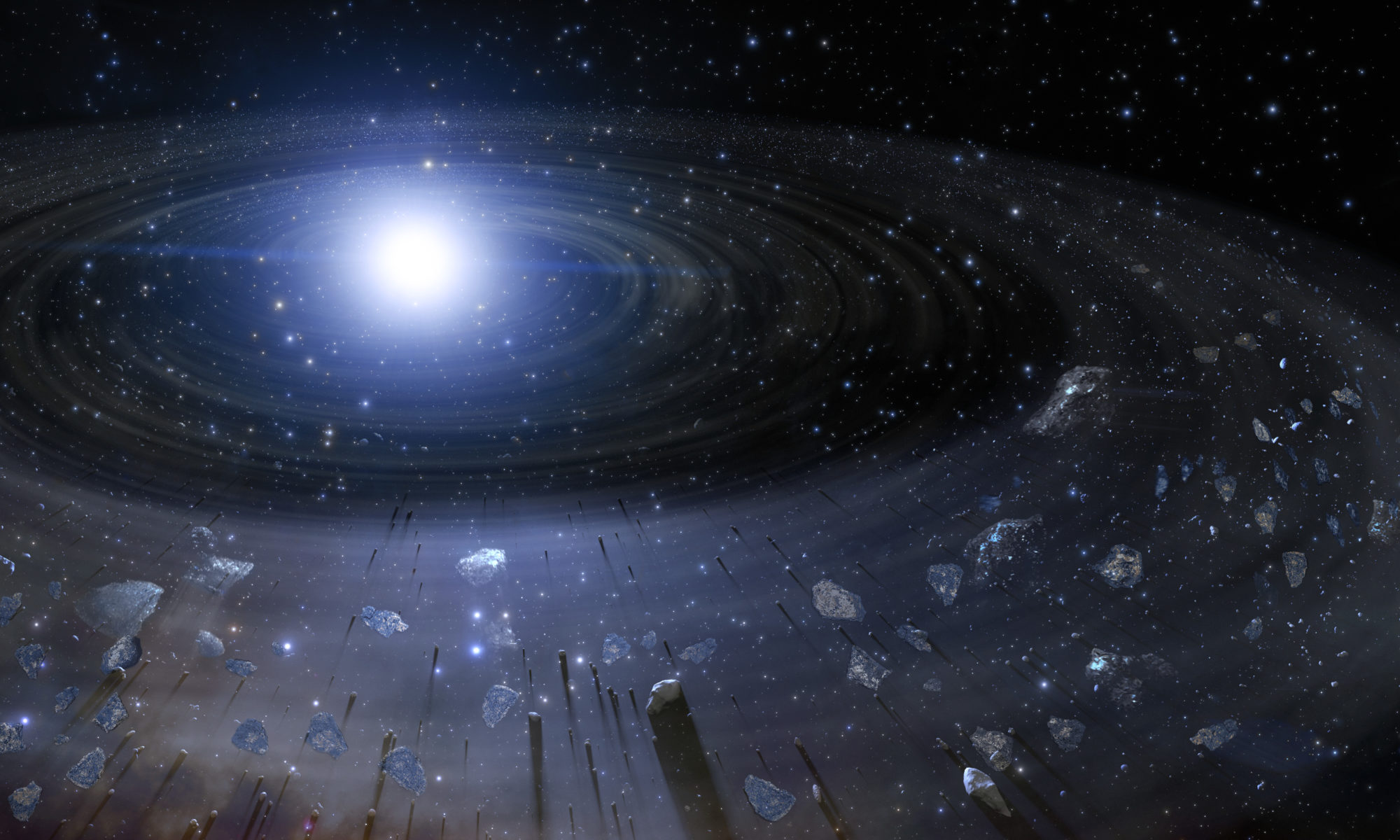Featuring image: White dwarf make perfect natural mass spectrometer, more powerful as any instrument on Earth. Can they help us to learn about exoplanets? NOIRLab/NSF/AURA/J. da Silva, Creative Common (CC BY 4.0)
Paper: Polluted white dwarfs reveal exotic mantle rock types on exoplanets in our solar neighborhood
Authors: K. D. Putirka and S. Xu
For a long time, geologist were only able to study rocks on the ground. We extended this knowledge to our neighbouring planets. Now finally, scientist have found a way to study rocks from planets far away, using the light of their host stars. And they look very strange.
Over the last 30 years, exoplanets have evolved from mere theory into a fantastic reality. Today we know that nearly all stars host at least one exoplanet and even exoplanets with an Earth-like mass are relatively common. Still, we know very little about the geology of these worlds. In a new study, Keith Putirka and Siyi Xu were able to observe and compare the mineralogy of exoplanets to that of the rocky planets in the solar system. Surprisingly, these exoplanets exhibit types of mineralogy unlike any we have known before.
Most of the discovered exoplanets can only be observed indirectly. Direct study of exoplanet surfaces and interiors still remains beyond the reach of today’s technology, but scientists were able to use a natural phenomenon to learn more about the internal composition of exoplanets: the light of white dwarf stars}.
White dwarfs are remnants of stars that exhausted all their energy produced by nuclear fusion and exploded, destroying any close orbiting exoplanet. All white dwarfs emit light in a very well defined spectral range. This allows astronomers to use white dwarfs to study the composition of the debris from the destroyed exoplanets. It is like having a well tuned cosmic mass spectrometer. Of course, the remaining debris is a wild mixture of all inner planets and asteroids, but if the exoplanets were similar to the rocky planets in our solar system their composition should fall somewhere in between.
Putirka and Xu looked at the emitted light of 23 white dwarfs and tried to compare the mineralogy of the debris around the dwarfs with that of the rocky planets and meteorites in our solar system. They looked at the relative ratios of Si, Fe, Mg and Ca, because these four elements make up the major part of Earth minerals (together with oxygen). Prior studies mainly focused on Ca, as it is a common indicator for continental crust on Earth. The existence of a continental crust signature would prove that tectonic activity also exists on planets outside of the solar system, as only the constant reworking of mantle material allows the crystallisation of crustal rocks.

11 white dwarfs seem to be surrounded by material that is similar to our rocky planets. However, their mineralogy is close to that of peridotite and pyroxinite, common in the Earth’s mantle but absent in the continental crust. Moreover, the majority of the white dwarfs were surrounded by exoplanets with strange mineralogies, unknown to our solar system. Their composition is still more similar to that of a planetary mantle not the crust. Putirka and Xu were able to divide these exotic systems into two classes. The material is either enriched in quartz and depleted in olivine or saturated in periclase and depleted in orthopyroxene. It is difficult to link these observations to actual properties of exoplanets as the observations might be a mixture of several exoplanets and asteroids. Nevertheless, a quartz-rich planet would have a much thicker crust than Earth, whereas a periclase saturated planet would exhibit a serpentinite rich crust.
While the interpretation of the geological consequences of these new observations are not easy, they clearly show us that exoplanets could have a mineralogy very different from the rocky planets in the solar system. This research paves the way for future geoscientists to someday discover and study new types of geologies on these strange worlds.
License:
Do we need new types of geology to understand exoplanets?’ by Max Winkler is licensed under a Creative Commons Attribution-ShareAlike 4.0 International License.

